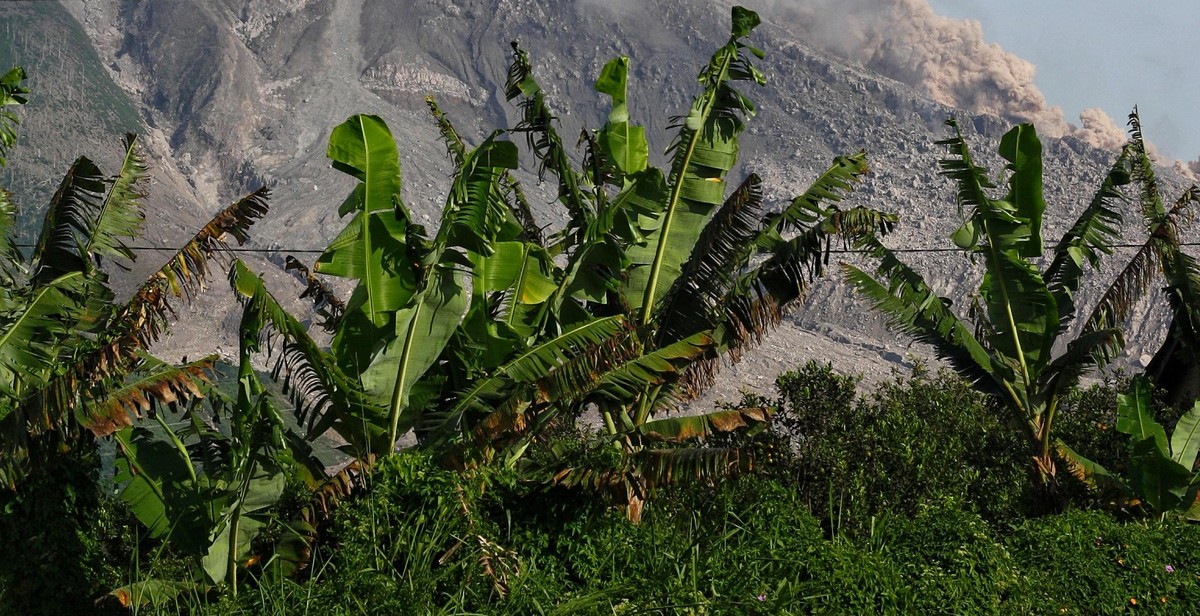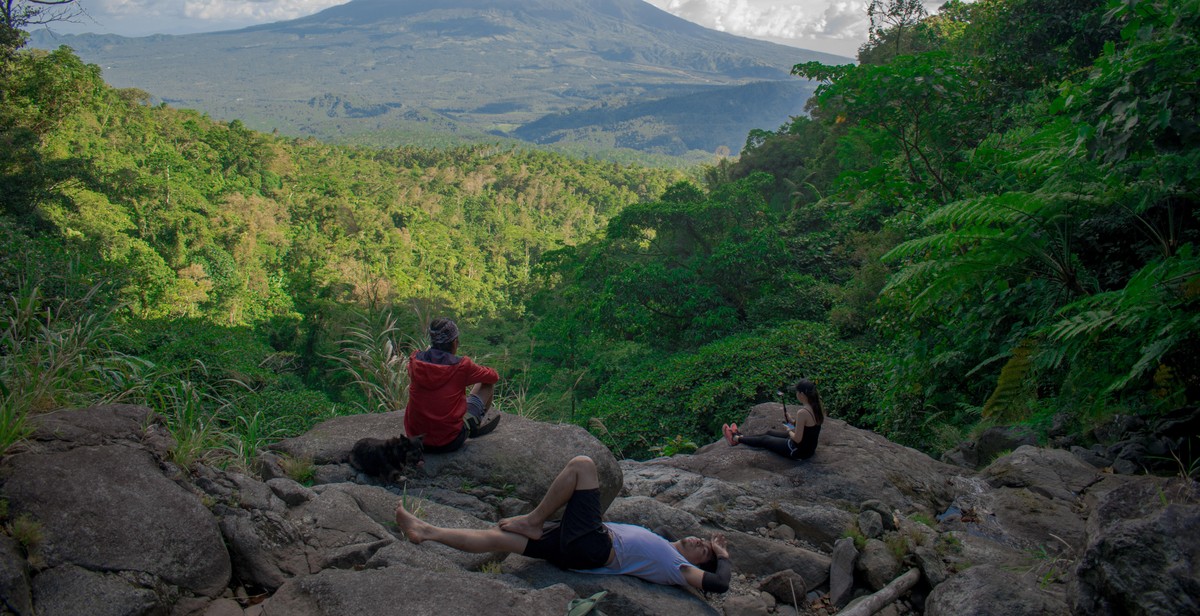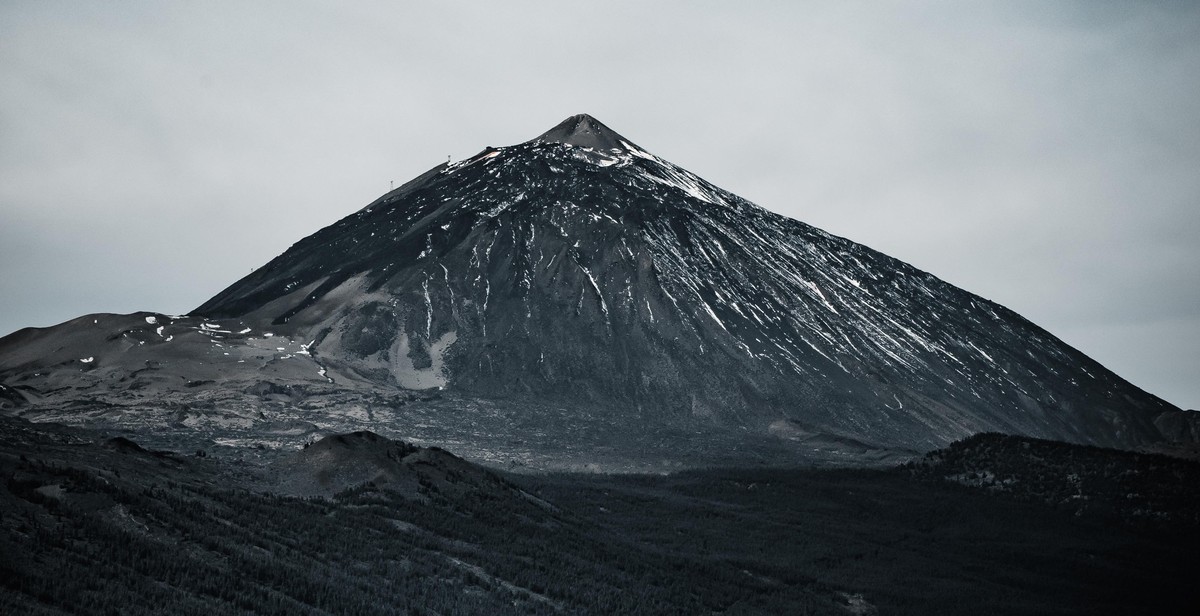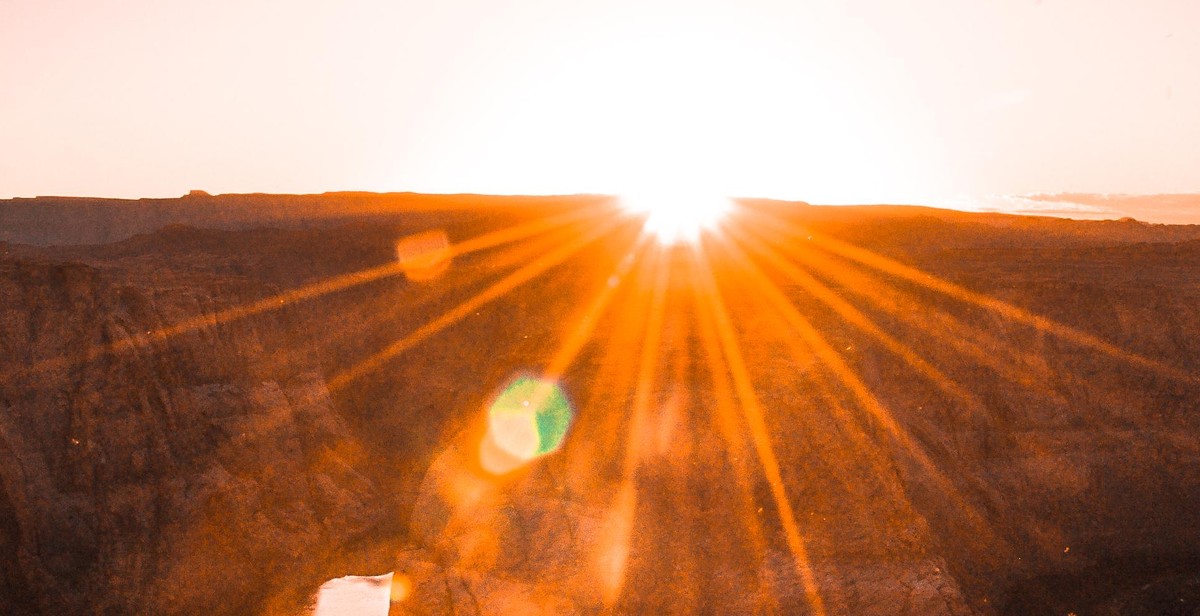How to Visit Active Volcanoes Safely: Guidelines for Exploring Volcanic Areas
Visiting an active volcano can be an exhilarating and awe-inspiring experience. However, it can also be extremely dangerous if proper precautions are not taken. As a seasoned traveler and expert in volcanic exploration, I have had the opportunity to visit some of the world’s most active and spectacular volcanoes. In this article, I will share my tips and guidelines for visiting active volcanoes safely.
Why is it important to follow safety guidelines when visiting active volcanoes?
Active volcanoes are unpredictable and can pose a significant risk to visitors, including lava flows, toxic gases, and explosive eruptions. It is essential to follow safety guidelines to minimize the risk of injury or death and to ensure that you have a safe and enjoyable experience.
What are the essential safety guidelines for visiting active volcanoes?
- Research the volcano and its current activity level before visiting.
- Follow all posted signs and warnings.
- Stay on designated trails and avoid restricted areas.
- Wear appropriate clothing and footwear.
- Carry a first aid kit and emergency supplies.
- Be aware of your surroundings and watch for changes in the volcano’s activity.
By following these guidelines, you can safely explore and appreciate the beauty and power of active volcanoes.

Understanding Volcanoes
Volcanoes are geological formations that are formed when molten rock, ash, and gas escape from the Earth’s crust through a vent or fissure. They are classified into four main types:
Shield Volcanoes
Shield volcanoes are broad and flat with gently sloping sides. They are formed by the accumulation of fluid lava flows that spread out in all directions from a central vent. Hawaii’s Mauna Loa is an example of a shield volcano.
Cinder Cone Volcanoes
Cinder cone volcanoes are steep-sided with a small crater at the summit. They are formed by the accumulation of loose volcanic fragments, such as cinders and ash, that are ejected from a single vent. Paricutin in Mexico is an example of a cinder cone volcano.
Composite Volcanoes
Composite volcanoes, also known as stratovolcanoes, are tall and conical with steep sides. They are formed by alternating layers of lava and ash that have been ejected from multiple vents over time. Mount Fuji in Japan is an example of a composite volcano.
Caldera Volcanoes
Caldera volcanoes are large, circular depressions that form when the summit of a volcano collapses into the emptied magma chamber below. Yellowstone National Park in the United States is an example of a caldera volcano.
Volcanic Hazards
Volcanic eruptions can pose a variety of hazards, including:
- Lava flows
- Ashfall
- Pyroclastic flows
- Tephra fallout
- Lahars
- Gas emissions
Lava flows can cause damage to property and infrastructure, while ashfall can disrupt air travel and cause respiratory problems. Pyroclastic flows, which are fast-moving clouds of hot gas and volcanic matter, can be deadly. Tephra fallout, which is the fallout of volcanic ash and rock, can bury crops and damage buildings. Lahars, which are volcanic mudflows, can be triggered by heavy rainfall or melting snow and ice. Gas emissions can cause respiratory problems and acid rain.
When visiting active volcanoes, it is important to be aware of the potential hazards and to follow all safety guidelines and warnings from authorities.

Planning Your Trip
Visiting an active volcano can be an exciting and unforgettable experience, but it requires careful planning to ensure safety. Here are some guidelines to help you plan your trip:
Choosing the Right Time
Before planning your trip, it is important to research the best time to visit the volcano you have in mind. Some volcanoes are more active during certain times of the year, and weather conditions can also affect accessibility.
It is also important to consider the peak tourist season and avoid it if possible. This will not only save you money but also allow you to avoid crowds and have a more personalized experience.
Selecting a Destination
When selecting a destination, it is important to choose a volcano that is safe for visitors. Some volcanoes are off-limits due to high levels of activity, while others may require special permits or guided tours for visitors.
Research the specific volcano you are interested in and check with local authorities for any restrictions or safety concerns. It is also important to choose a destination that offers a variety of activities and accommodations to suit your needs and preferences.
| Tip: | Consider booking your trip through a reputable tour operator that specializes in volcano tours. They will have the expertise and experience necessary to ensure your safety and provide a memorable experience. |
|---|
By carefully planning your trip and selecting the right destination, you can enjoy the thrill of exploring an active volcano while staying safe and informed.

Preparing for the Trip
Visiting an active volcano can be a thrilling and memorable experience, but it’s important to prepare properly to ensure your safety. Here are some guidelines to follow:
Physical Preparation
Before embarking on a trip to an active volcano, it’s crucial to ensure that you are physically fit and healthy enough to handle the demands of the journey. Hiking up steep inclines and navigating uneven terrain can be challenging, so it’s important to engage in regular exercise in the weeks leading up to your trip to build up your stamina. Additionally, it’s a good idea to consult with a doctor to ensure that you are in good health and able to handle the altitude and any potential environmental hazards.
Gear and Equipment
When packing for a trip to an active volcano, it’s essential to bring the right gear and equipment to ensure your safety. Here are some items to consider packing:
- Sturdy hiking boots with good traction
- A lightweight, waterproof jacket
- Sunscreen and a hat to protect against the sun
- A first aid kit with essential supplies
- A map and compass or GPS device
- Snacks and plenty of water
It’s important to dress in layers, as temperatures can vary significantly at different elevations. Additionally, be sure to check with local authorities or tour guides for any specific gear or equipment requirements based on the particular volcano you plan to visit.
| Pros | Cons |
|---|---|
| Opportunity to witness a natural wonder up close | Potential for dangerous conditions, including falling rocks and toxic gases |
| Chance to learn about the geological history of the area | Requires physical exertion and stamina |
| Unique photo and video opportunities | May be restricted or prohibited in certain areas for safety reasons |

Safety Guidelines for Visiting Active Volcanoes
Exploring volcanic areas can be a thrilling and unforgettable experience, but it is crucial to prioritize safety when visiting active volcanoes. Here are some essential safety guidelines to follow:
Stay Informed
Before visiting a volcanic area, make sure to research the current volcanic activity in the area. Volcanoes can be unpredictable, and conditions can change rapidly. Check official websites, local news, and weather reports for updates on volcanic activity and any potential hazards.
Following Local Regulations
It is essential to follow local regulations when visiting active volcanoes. These regulations are in place to protect visitors and ensure their safety. Pay attention to warning signs and follow the instructions of park rangers or local authorities. Do not ignore any safety warnings or signs that indicate high-risk areas.
Avoiding High-Risk Areas
Volcanic areas can have high-risk zones, such as areas prone to lava flows, toxic gases, or landslides. Avoid these areas at all costs, as they can be extremely dangerous. Stay on designated paths and trails, and do not venture off into unmarked areas.
| Do: | Don’t: |
|---|---|
|
|
By following these safety guidelines, you can enjoy exploring volcanic areas safely and responsibly. Remember to prioritize your safety and the safety of those around you.

During Your Visit
Staying Alert
When visiting active volcanoes, it is crucial to stay alert at all times. One of the most significant risks of exploring volcanic areas is the possibility of sudden and unexpected eruptions or earthquakes. Therefore, it is essential to keep an eye on the volcano’s activity level and follow the guidance of park rangers or local authorities. Additionally, visitors should be aware of the signs of volcanic activity, such as gas emissions, ground deformation, or changes in the color and temperature of nearby water bodies. If you notice any of these signs, leave the area immediately and report your observations to the authorities.
Respecting the Environment
Visiting active volcanoes comes with a responsibility to protect the environment. Volcanic areas are often fragile ecosystems that require special care and attention. Visitors should stay on designated trails and avoid disturbing any plants, animals, or geological features. Littering or leaving any trash behind can also harm the environment and negatively impact the volcano’s ecosystem. Additionally, visitors should avoid taking any rocks, minerals, or other natural specimens from the area. These items are often protected by law, and removing them can cause damage to the environment.
By staying alert and respecting the environment, visitors can safely explore active volcanoes and gain a unique understanding of these natural wonders. Remember to always follow the guidance of park rangers or local authorities and take necessary precautions to ensure a safe and enjoyable visit.

Conclusion
Exploring active volcanoes can be an exciting and unforgettable experience. However, it is important to prioritize safety when visiting these natural wonders. By following the guidelines outlined in this article, you can minimize the risks and ensure a safe and enjoyable trip.
Key Takeaways
- Always check the volcano’s activity level and adhere to any warnings or restrictions issued by local authorities.
- Wear appropriate clothing and gear, including sturdy hiking boots, helmets, and gas masks if necessary.
- Stay on designated trails and avoid venturing into restricted areas or unstable terrain.
- Be aware of potential hazards such as falling rocks, toxic gases, and sudden eruptions.
- Respect the environment and avoid leaving any trash or damaging natural features.
Final Thoughts
Visiting active volcanoes can be a thrilling and educational experience, but it is important to prioritize safety and respect for the environment. By following the guidelines outlined in this article and using common sense, you can enjoy the beauty and power of these natural wonders without putting yourself or others in harm’s way.
| About the Author: | As a seasoned traveler and adventure enthusiast, I have visited numerous volcanic areas around the world, including Hawaii, Iceland, and Indonesia. Through my personal experiences and research, I have gained valuable insights into the best practices for exploring active volcanoes safely. |
